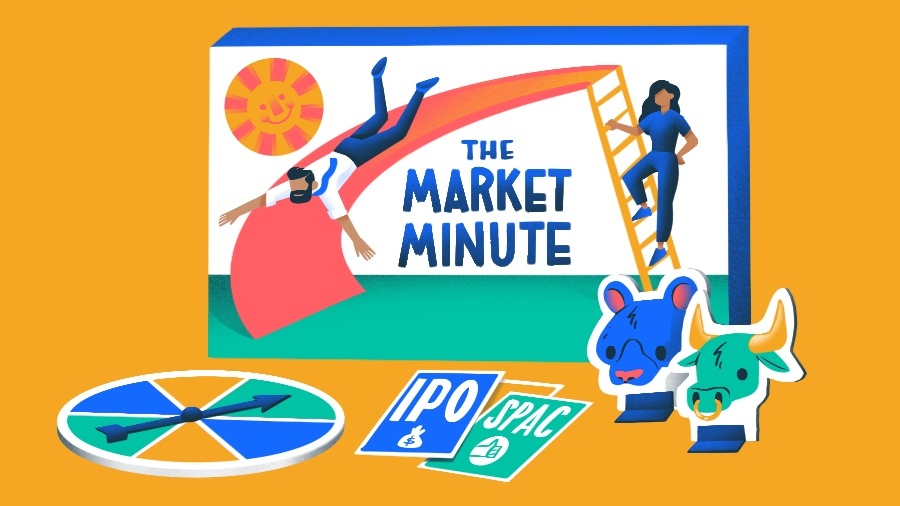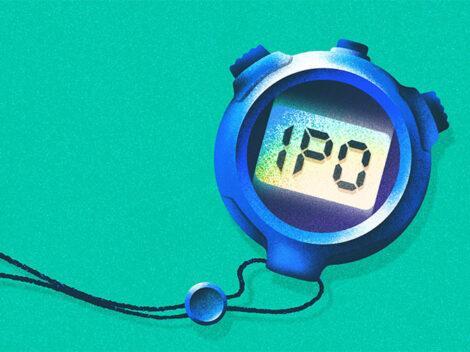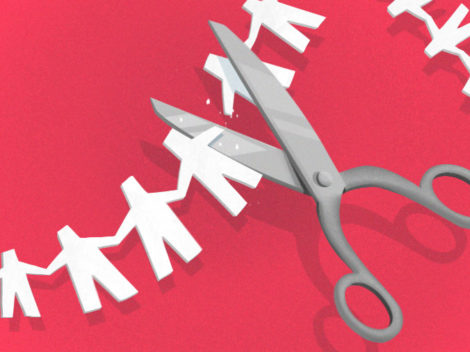Last year, I called 2020 “the year of the SPAC.” Well, SPACs, or special purpose acquisition companies, are still on a tear in 2021, and now the question is whether initial public offerings of these blank-check companies will outpace traditional IPOs this year.
Subscribe to the Crunchbase Daily
Patrick Healey, founder and president of Caliber Financial Partners, thinks so, at least when it comes to the number of SPACs going public.
“I think the volume of SPACs is going to certainly outweigh the number of IPOs, but the IPOs are going to be bigger deals,” Healey told me in an interview.
The data seems to back that prediction up.
So far in 2021 there have been 145 SPAC initial public offerings that have raised more than $44.5 billion, according to data from SPAC Insider. The average deal size was $307 million, according to the research firm.
That compares with 55 traditional IPOs that have raised $21.7 billion so far this year, per data from IPO research firm Renaissance Capital.
For context, 248 SPAC IPOs raised $83 billion total last year, per SPAC Insider. That deal and dollar volume count was already record-breaking, as it was more than six times the amount raised in 2019 and more than four times the number of SPAC IPOs in 2019.
Less than two months into 2021, SPACs are on pace to smash through that record again.
“As of now, SPACs are outpacing IPOs almost 2-to-1, which is even a much larger proportion of the market than last year, and last year was a record,” Matt Kennedy, a senior strategist at Renaissance Capital, said in an interview.
SPACs are essentially blank-check companies. The founders of the SPAC form a company, raise money by going public, and then identify a different company to acquire and take public in the process. Target companies that go public via a merger with a SPAC typically go through a cheaper and faster process than going public through an IPO.
Investor Chamath Palihapitiya, labeled recently by Bloomberg as the “King of SPACs,” could arguably be credited with popularizing SPACs in the past year, as he’s taken companies like Virgin Galactic, Clover Health, and Opendoor Technologies public via mergers with blank-check companies. Other high-profile figures like former House Speaker Paul Ryan, LinkedIn co-founder Reid Hoffman and athlete Colin Kaepernick have also formed SPACs.
The public markets are valuing fast-growing companies highly these days, so SPACs are targeting companies that are also in those sectors, Healey said. Many target companies might be pre-revenue, but they have the potential for growth.
“If you look at all of the overwhelming majority that get targeted by SPAC sponsors, it’s high-growth, innovative, and disruptive technologies: EV, fintech, cloud-based software, SaaS, battery tech, sustainable energy, online payment processing. You’re going to see a number of them target cryptocurrency,” Healey said.
The number of SPACs this year, according to Healey, is a result of the industries targeted by SPAC sponsors being “really hot.”
Without a SPAC, those target companies would likely stay private longer, since some tend to be pre-revenue like electric vehicle (EV) and battery tech companies. But through a SPAC, companies are able to tap into the public markets earlier to raise capital and fuel growth. And for investors, they’re able to benefit from getting in on the action earlier, rather than waiting until after an IPO has taken place and buying in on the secondary market after so much of the value has been created, Healey said.
Healey predicts that SPACs will lead deal volume in 2021, followed by traditional IPOs, then direct listings.
One potential challenge, though, with the SPAC boom is the ability of all of those blank-check companies finding target companies to acquire in the allotted two-year time period. Two years is typically the time frame set for a SPAC to identify a target company and acquire it, though some SPACs have opted for 18 months and some SPACs’ governing rules may let it extend its allotted period, according to the SEC. Once a SPAC lists its securities on an exchange, it must complete a merger within three years, per securities regulations.
“The number of SPAC merger announcements is behind traditional IPOs, so we’re seeing the backlog of SPACs filling up,” Kennedy said. “SPACs are pricing faster than they can find targets. So far this year, we’ve counted 43 SPACs that have announced merger targets. Compare that to the (145) that have priced. So we need to see the M&A pace pick up because…. these blank check companies do have an expiration date.”
That will likely lead to more competition among SPACs to find targets, Kennedy said, adding that he’s heard many companies considering IPOs have already received two or three calls from interested SPACs. On the other hand, some companies that were predicted to pursue an IPO, such as Beachbody, are now opting to go the SPAC route.
The pipeline for both SPACs and traditional IPOs seems to be robust, and Healey expects it to accelerate. There are currently 122 SPACs that have filed for an IPO, and 145 that are searching for targets according to SPAC Insider.
But there are still big name companies proceeding with traditional IPOs or direct listings. They include Oscar Health, which is going public via a traditional IPO, and Coinbase, which is heading to the public markets via a direct listing.
With a pipeline like that, it looks like the SPAC boom is just getting started.
What’s Coming Up
- Roblox is expected to go public through a direct listing in March. The company filed an updated S-1 document with the U.S. Securities and Exchange Commission last week with updated revenue figures.
- Rover, 23andMe, and Astra have all agreed to be acquired by SPACs, so we should see updates on those companies soon.
As always, if you have thoughts on The Market Minute or have a topic I should look into for this column, please email me at sophiak@crunchbase.com.
Illustration: Dom Guzman

Stay up to date with recent funding rounds, acquisitions, and more with the Crunchbase Daily.






![Illustration of a guy watering plants with a blocked hose - Global [Dom Guzman]](https://news.crunchbase.com/wp-content/uploads/quarterly-global-3-300x168.jpg)
67.1K Followers